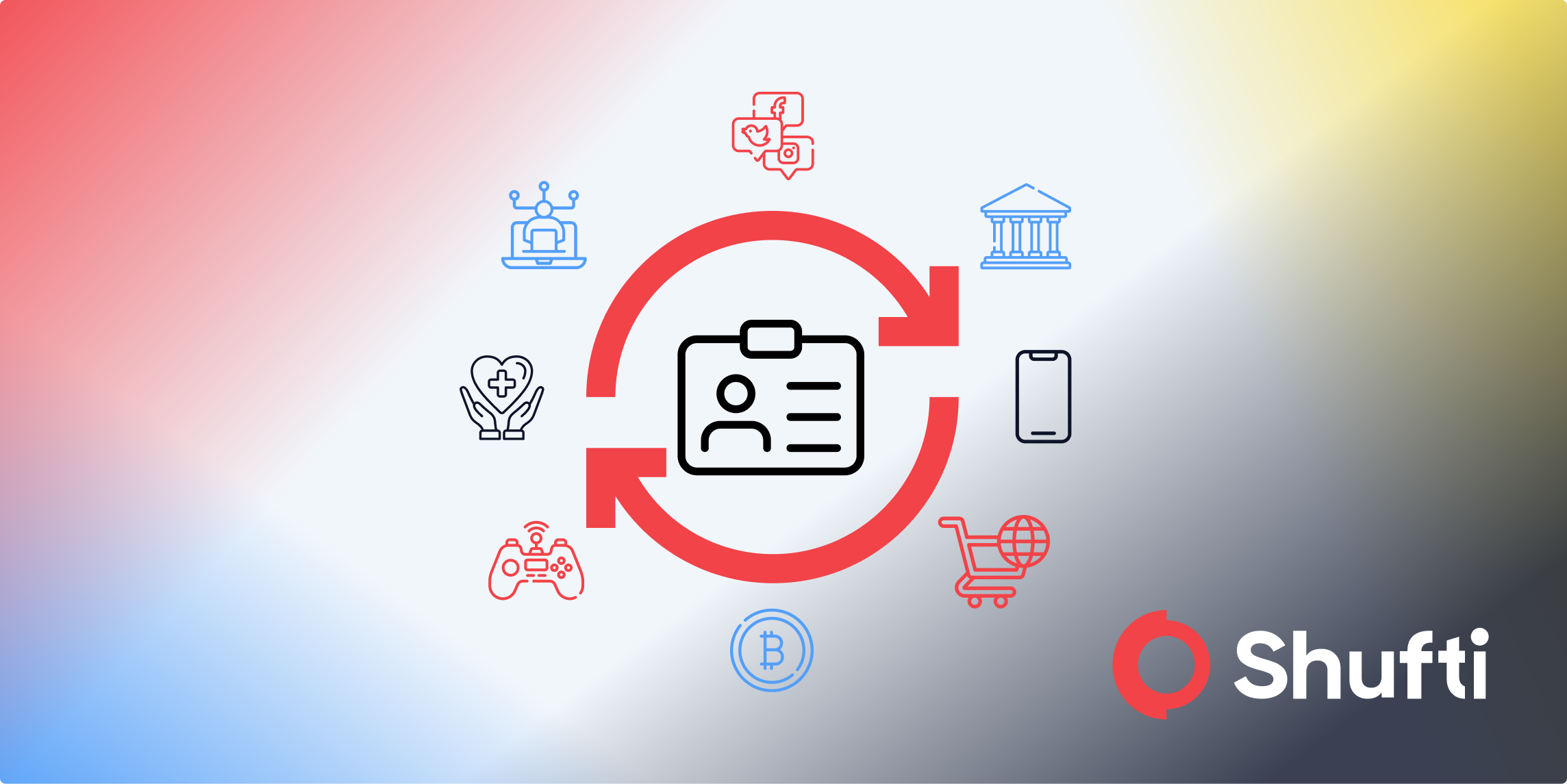Designing CX with Empathy and Adaptability: Insights from Judith Azi

In fast-growing emerging markets, customer experience isn’t just a strategy—it’s survival. Faced with real-world challenges and limited resources, people in these regions are constantly innovating out of necessity. This culture of rapid problem-solving fuels a powerful feedback loop, one that’s training a generation of companies to adapt quickly, listen closely, and build solutions that truly resonate. But finding the solution is just the beginning. The real test is making it work across different user types, cultures, and growth stages.
Customer experience goes beyond simply delivering a product. For Judith Azi, CX is a mindset grounded in empathy, adaptability, and active listening. Currently serving as Country Manager at Cenoa, she draws on experience across industries to help teams solve real problems for users in fast-moving, high-growth markets.
In this episode of Beyond Borders, Judith discusses how teams can maintain close connections with their users, how companies can recognize when their customer experience is out of sync, and why designing for real people rather than idealized personas is essential for lasting success.
Listening Shouldn’t Be a Phase
In the early stages of growth, staying close to customers can feel natural. Founders speak directly to users, roles are fluid, and feedback loops are short. But as companies scale, they often begin to lose that proximity. Judith cautions against seeing this as inevitable.
Judith believes that documenting early customer insights is a simple but powerful way to build long-term CX strength. These learnings provide context for future decisions and help new team members align quickly. Rather than a phase to outgrow, she sees listening as a core competency that should evolve with the business.
Spotting the Signs of Misalignment
In larger organizations, CX breakdowns are often harder to detect. Rather than direct complaints, the signals show up in indirect ways: a dip in engagement, inconsistent messaging between departments, or quiet customer churn. Judith points to these patterns as early indicators of internal misalignment.
She encourages teams to investigate those signals with fresh eyes and avoid the temptation to normalize them. If departments like product, sales, and marketing are not aligned on the customer journey, something is falling through the cracks. In Judith’s view, silence from customers can be just as concerning as complaints.
Designing for People, Not Personas
In regions like Nigeria, where digital tools evolve quickly and user expectations vary widely, CX teams are constantly challenged to meet a broad range of needs. Judith emphasizes that the most effective solutions consider real-world behaviors, not just ideal user flows or static personas.
She sees this diversity as a strength. Companies that design with flexibility in mind are better equipped to adapt across age groups, devices, and comfort levels with technology. Whether it’s Boomers who prefer phone support or Gen Z users expecting instant self-service, Judith believes the best CX leaders design for inclusion, not averages.
Technology plays a key role here as well. Tools like AI chat and automated notifications make it easier to personalize at scale while also reducing pressure on frontline teams. The result is a customer experience that feels more responsive, more human, and more attuned to everyday needs.
Building with Empathy, Leading with Clarity
Great CX depends on teams that feel supported, heard, and empowered. Judith highlights the emotional demands of the work, especially for frontline roles that absorb frustration and feedback daily.
That clarity helps her avoid burnout and stay focused on what matters most: delivering value to both users and teams. CX, at its core, is not just a function or department. It’s a discipline of curiosity, empathy, and continuous improvement.
Judith’s approach is a reminder that customer experience isn’t something to optimize once and forget. It’s an ongoing commitment to understanding people, inside and outside the company, and to creating systems that respond to real needs with care and clarity.
Listen to the full podcast here to dive deeper into the conversation










